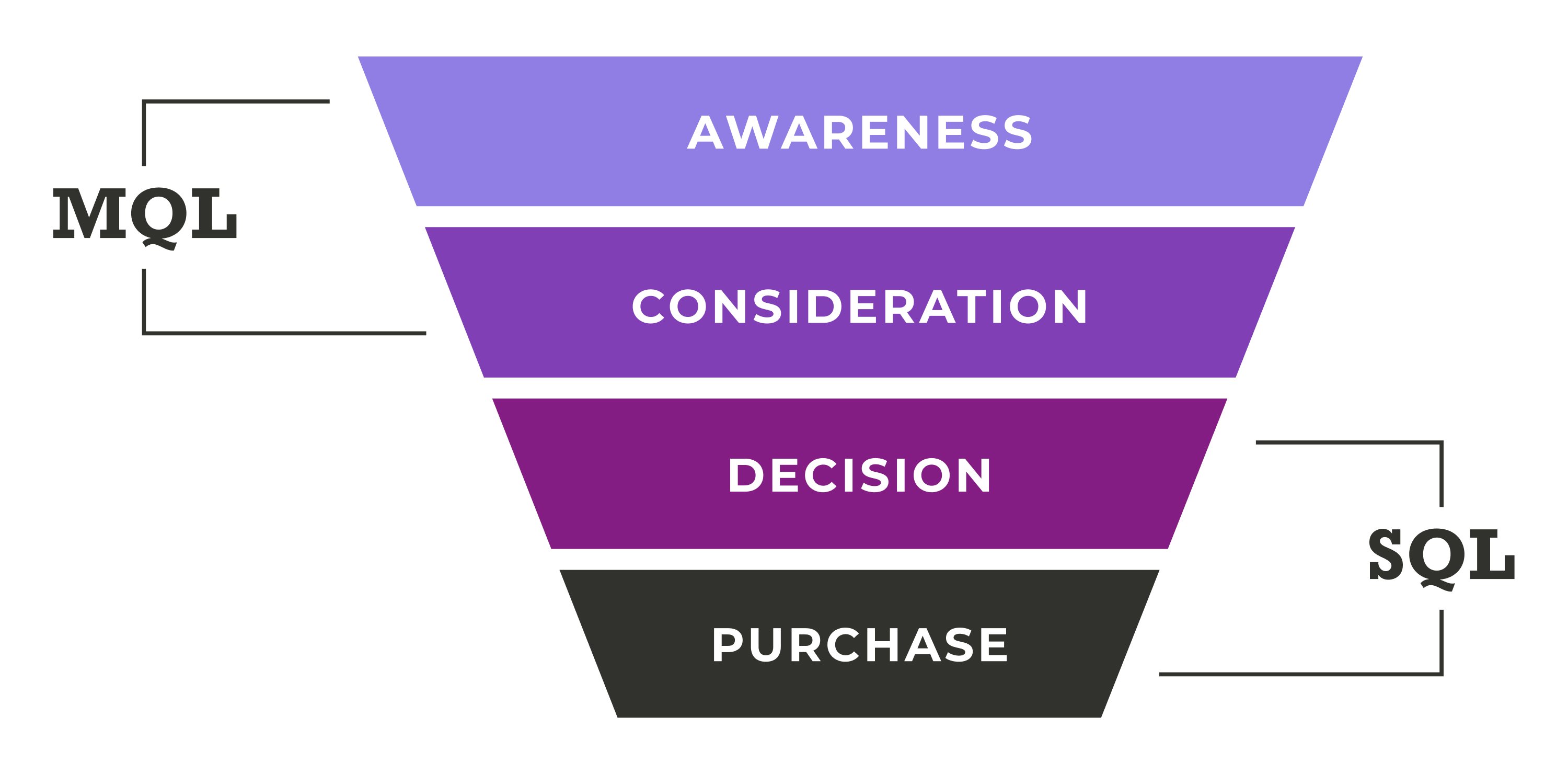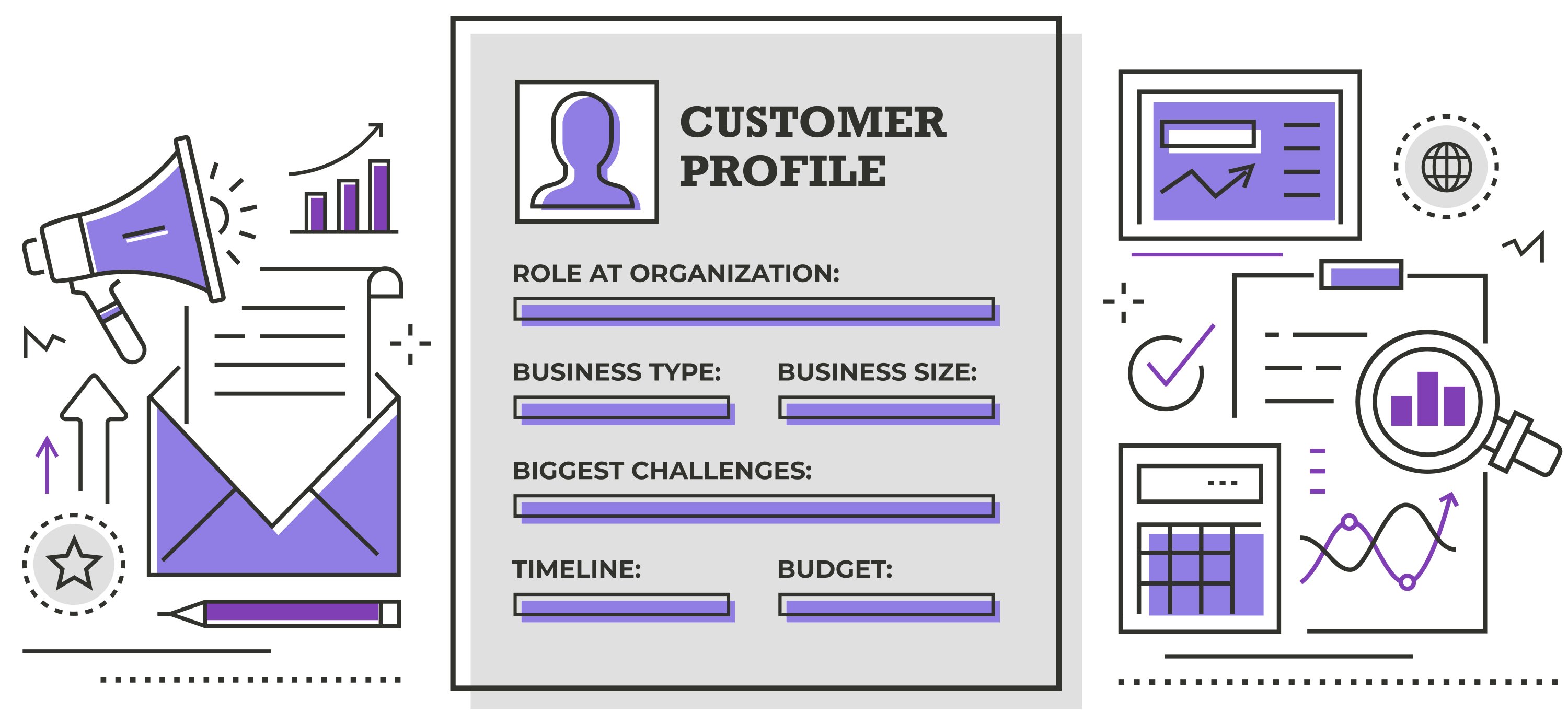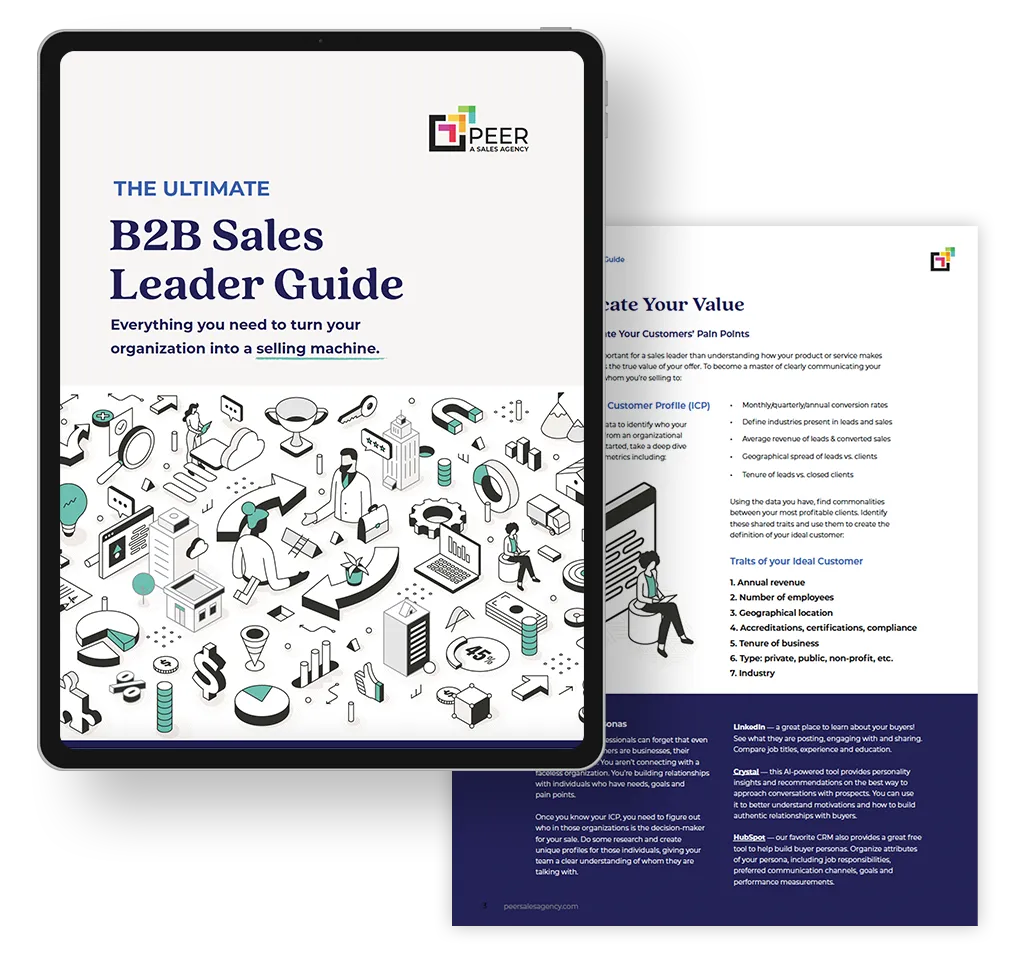You’re running a business and you want leads, right? Of course you do! Increasing your leads builds your business. As you develop your sales funnel you’ll come across different types of customers that turn into leads. They can be grouped into two categories:
- MQLs: Marketing qualified leads are potential customers who have shown some interest in what a company offers as a result of marketing initiatives, but they’re not part of your sales funnel yet.
- SQLs: Sales qualified leads are potential customers who have been vetted by the sales team and deemed ready for direct engagement, indicating a higher likelihood of converting into paying customers.
But in order to be effective with generating new leads for your business, you need to first understand the difference between a marketing qualified lead and a sales qualified lead, and how they play into each other throughout the process. Here’s a simple chart to break down MQL vs SQL:

1. Determine your MQL (Marketing Qualified Lead)
Drop your unqualified leads.
Before you can compare MQL vs SQL, you need to qualify your leads. There are a variety of people that will encounter your business over time, and honestly, some may not be a good fit for what you’re offering. They might not get further than that “one foot in the door” initial contact. Those are your unqualified leads. Sure, it’s a bummer not to get every person on board with your business, but the good thing about having unqualified leads is that it can make finding your MQLs that much easier.
In order to determine who your unqualified leads are, you first need to understand what your ideal customer profile looks like. From there, ask qualifying questions to identify the prospects that are worth pursuing like:
- Role at the organization
- Type of business
- Number of employees
- Biggest challenges faced
- Timeline
- Budget
Remember, the goal here is to determine whether the lead is a good fit or not. If they aren’t, let them go and concentrate on the leads that are a good fit.

Hone in on your selling potential.
For other people, what you offer will resonate with them. They will be able to connect with your company and what you’re offering because it’s exactly what they’re looking for and exactly what they need. These gems are your potential MQLs. They are buyers who have a higher chance of becoming your customers based on the ideal profile you’ve developed.
MQL vs SQL tip: MQLs are people you would like to sell to. SQLs are people who have indicated that they actually want help from a salesperson.
Use a lead scoring system.
How you determine your MQL vs SQL qualification can be gathered through a lead scoring system. You give points to the series of actions people take while interacting with your company. This could mean signing up for email campaigns, downloading an ebook, or filling out a form on the website. Once they’ve accumulated enough points, they become your MQLs.
Once you’ve separated your MQLs from unqualified leads, and they seem ready to continue on in their buyer’s journey, it’s time to turn that MQL into an SQL.
2. Make the most of an SQL (Sales Qualified Lead)
Get sales involved.
An SQL is a qualified lead, or an MQL that is ready to take further steps into what you’re selling. But, you still need to sell them on your plan, so it’s important to kick those SQLs over to your sales team for further vetting and to close the deal.
Determine your conversion rate.
A good, basic rule of thumb: the higher the conversion rate, the better for your business. According to Salesforce, a good MQL to SQL conversion rate is 13% on average. From there, only 6% of SQLs convert to deals. It’s important to note that the top-performing channels for lead to deal conversions are employee and customer referrals followed by the company website and social media.
Compare your efforts.
Your conversion rate does more than measure the quality of leads from marketing efforts and sales follow-up. By studying these numbers, you can figure out how to tweak other efforts in your sales funnel to make your MQLs and SQLs more effective.
Example: If you have a high percentage of MQLs and a low SQL conversion, this could mean that your marketing team created a winning message for your campaign, but a difficult sell for your sales team. If that’s the case, you might want to get your marketing team and sales team together to iron out problem areas.

But why do MQLs and SQLs matter?
MQLs are your first step.
Finding your MQLs is similar to picking all the good stuff from a trail mix pack. You get to grab only the pieces that you want and that work for you. Why eat the raisins when you don’t like them? Why waste time with unqualified leads when they’re clearly not ready to buy into your business?
SQLs seal the deal.
An MQL is your first step to getting soon-to-be customers in the door of your business. But they still need to be directed. Without leading your MQLs down the sales funnel, you’ve lost out on some potentially good business and wasted your marketing efforts.
That’s where the SQL process comes in. Once you’ve determined your MQLs, the next step is to lead them down the buyer’s journey to becoming a customer. Your sales team will then close the deal, converting these MQLs to SQLs.
Leads are important. It’s equally important to know where your leads are coming from and where they are headed, so you don’t chase your tail or waste your efforts with unqualified leads. By understanding the difference between an MQL and an SQL, you’re working smarter and more efficiently to build your customer base.
Contact us to learn more about how we help small and mid-size SaaS businesses generate and nurture leads, helping them convert potential into profit.
Frequently Asked Questions
A lead is a potential customer who has shown interest in your goods or services. In an effort to further categorize leads so that sales teams may focus their efforts in the right areas, each lead is classified as either a MQL or SQL.
An MQL (Marketing Qualified Lead) is a lead that has demonstrated interest in a brand’s products or services as a result of marketing initiatives or is otherwise more likely to become a customer than other leads.
SQLs (Sales Qualified Leads) are leads who have been vetted by the sales team and deemed ready for direct engagement, indicating a higher likelihood of converting into paying customers.
A good, basic rule of thumb: the higher the conversion rate, the better for your business. According to Salesforce, a good MQL to SQL conversion rate is 13% on average.
MQLs are people you would like to sell to – they fit your persona criteria, and, in B2B sales, they work for a company that fits your ICP targets. SQLs are people who have indicated that they actually want help from a salesperson.



